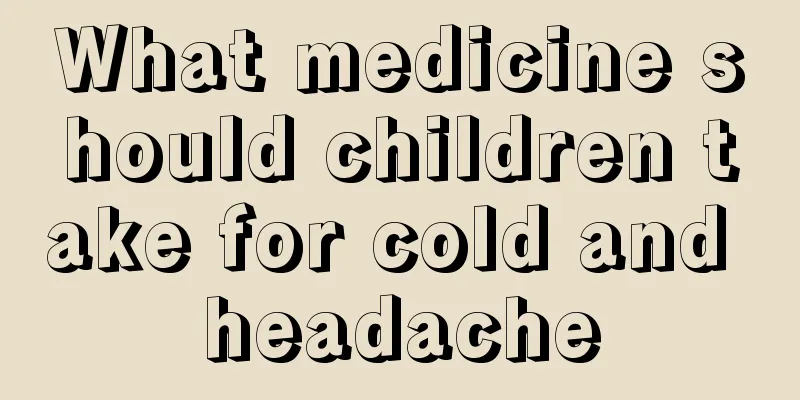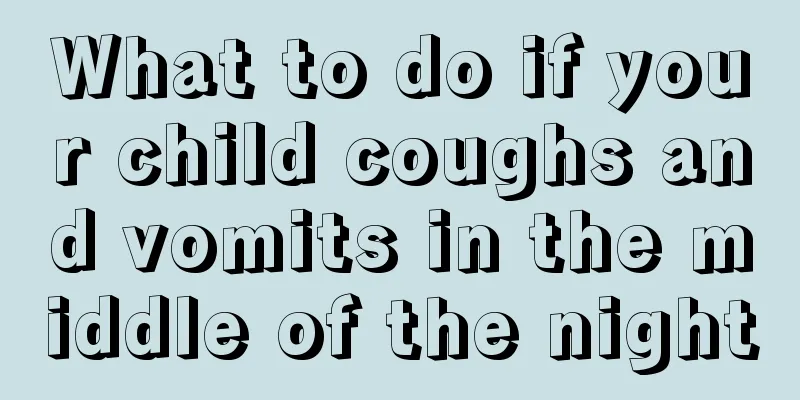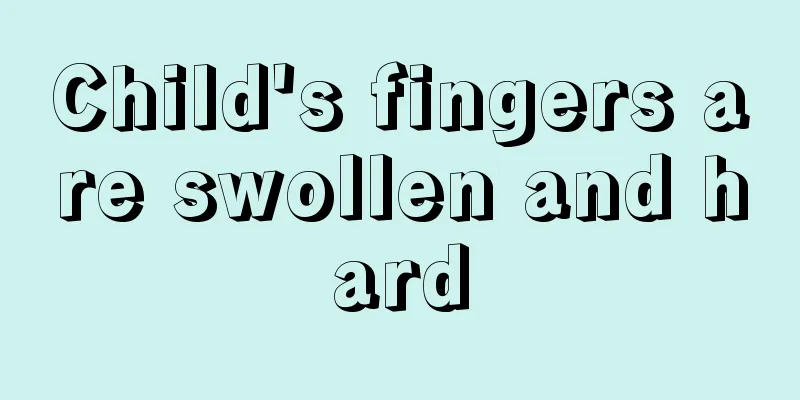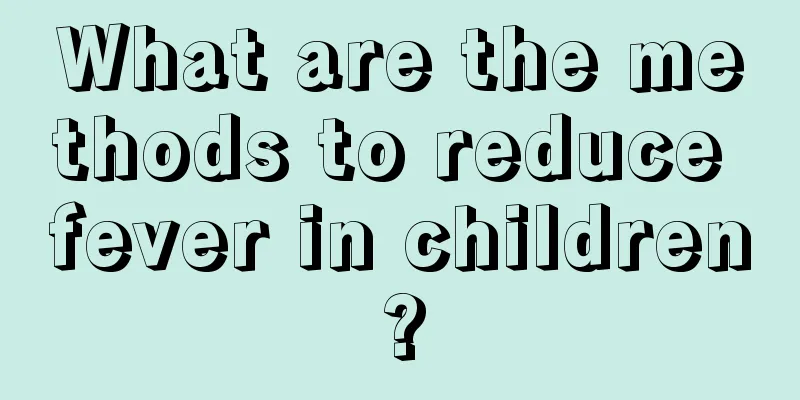How many shots are needed for hand, foot and mouth

|
Hand, foot and mouth disease is a very serious disease for infants, and this disease is very contagious. Once a child is suffering from hand, foot and mouth disease, not only will the child drool frequently, but also feel special pain, and even cause fever. Therefore, when a child has these problems, it is necessary to take the child to the hospital for treatment in time, or get vaccinated in advance. So how many shots are needed to vaccinate for hand, foot and mouth disease? How many shots of hand, foot and mouth disease vaccine are needed? Usually 2 times. Hand, foot and mouth disease is a common infectious disease caused by a variety of human enteroviruses, mainly affecting infants and young children. Most children have mild symptoms, with fever and rash or herpes on the hands, feet, mouth and other parts of the body as the main features. A small number of children may develop damage to the central nervous system and respiratory system, leading to aseptic meningitis, encephalitis, acute flaccid paralysis, neurogenic pulmonary edema and myocarditis. Some seriously ill children may progress rapidly and are prone to death. Most children and adults infected will not develop symptoms, but can spread the virus. The enteroviruses that cause hand, foot and mouth disease include enterovirus 71, group A coxsackievirus, and certain serotypes of echovirus. The pathogens that cause hand, foot and mouth disease are mainly Coxsackievirus types 2, 4, 5, 7, 9, 10, 16 of group A, and types 1, 2, 3, 4, 5 of group B of the Picornaviridae family and Enterovirus genus; enterovirus type 71; echovirus, etc. Among them, enterovirus 71 and coxsackievirus A16 are more common. Enterovirus is suitable for survival and transmission in a humid and hot environment. It is insensitive to ether, dechlorocholate, etc., and 75% alcohol and 5% Lysol cannot inactivate it, but it is sensitive to ultraviolet rays and dryness. Various oxidants (potassium permanganate, bleaching powder, etc.), formaldehyde, and iodine can inactivate viruses. The virus can be quickly inactivated at 50°C, but a 1 mol concentration of divalent cations environment can increase the virus's resistance to heat inactivation. The virus can survive for one year at 4°C, can be stored for a long time at -20°C, and can survive for a long time in the external environment. How long is the hand, foot and mouth vaccine effective? The hand, foot and mouth disease vaccination usually lasts for two to three years. But it does not mean that vaccination can absolutely prevent infection with hand, foot and mouth disease. It just has a certain resistance to hand, foot and mouth disease. Whether the body is infected with hand, foot and mouth disease virus is determined by many factors, including the body's own immunity, the number of viruses, and the virulence of the viruses, all of which determine the strength of resistance. For example, the number of viruses is large and their virulence is very strong, which exceeds the range that the body's immune system can resist. Then you will be infected with the virus. Exercising more is the best way to improve the body's immunity and resist disease. What are the symptoms of hand, foot and mouth disease? 1. General symptoms (1) Acute onset, with an incubation period of 3-5 days, and prodromal symptoms such as low-grade fever, general malaise, and abdominal pain. Scattered painful, millet- to mung-bean-sized blisters appear on the oral mucosa, and maculopapules and herpes appear on the hands and feet. Initially, they are maculopapules, which later turn into herpes. They are round or oval, about 3-7 mm in size, like the size of a grain of rice, smaller than the chickenpox rash, harder in texture, with a red halo around it, and less fluid in the blisters. Dot-like or flaky erosions can be seen under the grayish-white membrane. After the rash subsides, no scars or pigmentation are left. If there is a secondary infection, the skin damage will often be aggravated. (2) In addition to the hands, feet and mouth, herpes can also be seen on the buttocks and near the anus, and occasionally on the trunk and limbs. They dry up and disappear after a few days. The rash is not itchy and painful. (3) Some children may develop generalized papules and blisters, accompanied by aseptic meningitis, encephalitis, myocarditis, etc. It may be accompanied by symptoms such as cough, runny nose, loss of appetite, nausea, vomiting, and headache. (4) Some cases only present with rash or herpetic pharyngitis. The whole course of the disease is about 5-10 days. Most cases can heal themselves with a good prognosis and no sequelae. 2. Symptoms of severe cases In a few cases (especially those under 3 years old), encephalitis, encephalomyelitis, meningitis, pulmonary edema, circulatory failure, etc. may occur. (1) Respiratory system manifestations include: shallow and difficult breathing, changes in respiratory rhythm, cyanosis of the lips, white, pink or bloody foamy fluid (sputum) in the mouth, and sputum sounds or moist rales in the lungs. (2) Neurological manifestations include poor spirits, drowsiness, headache, vomiting, easy fright, limb tremors, weakness or paralysis; physical examination may reveal meningeal irritation and weakened or absent tendon reflexes; critical cases may manifest as frequent convulsions, coma, cerebral edema, and brain herniation. (3) Circulatory system symptoms include: pale complexion, increased or decreased heart rate, shallow, rapid, weakened or even absent pulse, cold limbs, cyanosis of fingers and toes, and increased or decreased blood pressure. |
<<: Can a one-year-old baby use Fengyoujing?
>>: Is a hand, foot and mouth shot useful?
Recommend
What can't children eat if they have diarrhea?
Diet therapy is a topic that everyone pays more a...
What should I do if my five-year-old child coughs and has phlegm?
When a child has a cough, the parents are probabl...
What is the normal value of alkaline phosphatase in children?
As we all know, there are many kinds of enzymes i...
What are the health products for children to enhance their physical fitness?
Children are the most fragile treasures in the wo...
Baby medicine dispenser
The baby's physical development is not yet co...
What is the formula for calculating the height of a child?
Parents all hope that their children will always ...
Butyric Acid Cream for Babies
Eczema is a skin disease that infants and young c...
Treatment for newborns who keep feeding
The birth of every new life will make our parents...
Baby has a big lump in the breast after weaning
Weaning is a particularly difficult process becau...
What to do if your baby suddenly has a high fever
Many parents who take care of their babies are mo...
Is ischemia and hypoxia common in newborns?
We all know that when a newborn is born, the hosp...
What causes drool rash in children?
For some babies, they may suffer from some diseas...
What are the key points of nursing for newborn baby with eczema?
The immune function of newborns is not fully deve...
Treatment of clubfoot in newborns
We may have all seen the situation of inversion o...
What to eat when your baby has symptoms of zinc deficiency
In life, due to the traditional dietary habits of...









